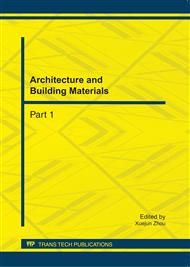p.587
p.591
p.596
p.602
p.606
p.611
p.617
p.624
p.628
The Construction of Ecological Functions of Urban Open Space
Abstract:
Urban open space which maintaining the diversity of the urban ecosystem, is an important structural element of the city. Urban development led to the isolation of open space between one another, and the ecological function and environmental function of open space greatly reduced. This article pointing out that we should protect and restore urban ecological structure, improve the open space network, strengthen the links between open space, take low impact development approach to reduce the impact of urban development on the natural environment and restore the ecological functions of open space.
Info:
Periodical:
Pages:
606-610
Citation:
Online since:
September 2011
Keywords:
Price:
Сopyright:
© 2011 Trans Tech Publications Ltd. All Rights Reserved
Share:
Citation:


